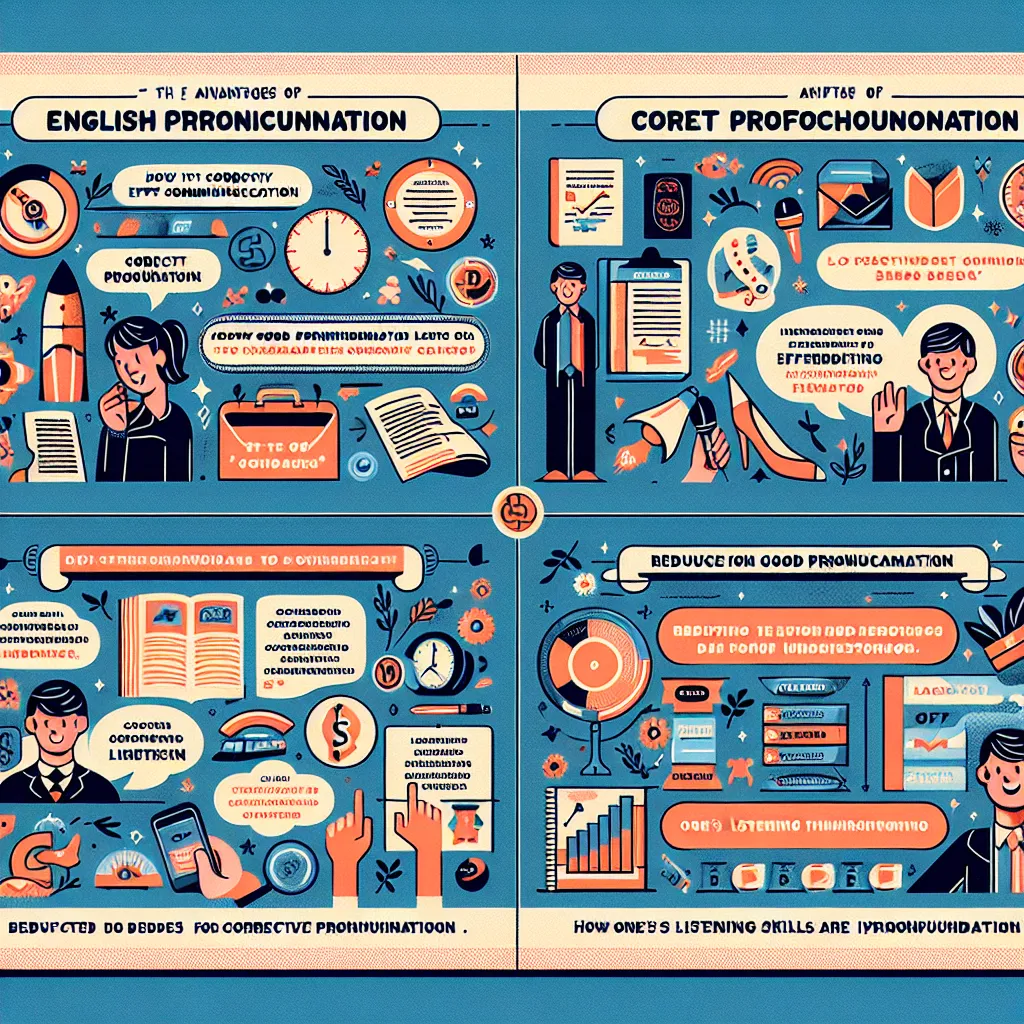Are you struggling to perfect your English pronunciation? Look no further! This comprehensive guide will teach you How To Master English Pronunciation With Drills, helping you speak more clearly and confidently. Whether you’re a beginner or an advanced learner, these techniques will take your pronunciation skills to the next level.
Understanding the Importance of Pronunciation Drills
Pronunciation drills are essential for improving your English speaking skills. They help you:
- Develop muscle memory for correct pronunciation
- Identify and correct common pronunciation errors
- Improve your overall fluency and confidence
By consistently practicing pronunciation drills, you’ll notice significant improvements in your ability to communicate effectively in English.
 English pronunciation drills
English pronunciation drills
Basic Concepts of English Pronunciation
Before diving into specific drills, it’s crucial to understand some fundamental concepts of English pronunciation:
Phonemes
Phonemes are the smallest units of sound in a language. English has 44 phonemes, including vowels and consonants. Learning to recognize and produce these sounds correctly is the foundation of good pronunciation.
Stress and Intonation
English is a stress-timed language, meaning certain syllables in words and certain words in sentences are emphasized. Intonation refers to the rise and fall of your voice when speaking. Both stress and intonation play crucial roles in conveying meaning and emotion in English.
Connected Speech
In natural English speech, words often blend together. Understanding and practicing connected speech patterns will help you sound more natural and fluent.
Effective Methods for Pronunciation Drills
Now that we’ve covered the basics, let’s explore some effective methods for mastering English pronunciation with drills:
1. Minimal Pair Drills
Minimal pairs are words that differ by only one sound. Practicing these helps you distinguish between similar sounds in English.
Example drill:
- “ship” vs. “sheep”
- “bat” vs. “bad”
- “thin” vs. “tin”
Practice saying these pairs aloud, focusing on the subtle differences in sound.
2. Tongue Twisters
Tongue twisters are excellent for improving articulation and speed. Start slowly and gradually increase your pace as you become more comfortable.
Example:
“She sells seashells by the seashore.”
3. Shadowing
Shadowing involves listening to native speakers and repeating what they say in real-time. This technique helps with pronunciation, intonation, and rhythm.
Try shadowing dialogues from movies, podcasts, or language learning resources.
4. Recording and Self-evaluation
Record yourself speaking English and compare it to native speakers. This helps you identify areas for improvement and track your progress over time.
5. Exaggeration Exercises
Exaggerate the movements of your mouth, lips, and tongue when pronouncing difficult sounds. This helps build muscle memory and improves clarity.
For more structured exercises to improve your pronunciation, check out our guide on how to practice pronunciation with structured exercises.
Quick Tips for Improving Pronunciation
Here are some additional tips to enhance your pronunciation skills:
- Listen actively to native speakers
- Pay attention to mouth and tongue positions
- Practice in front of a mirror
- Use pronunciation apps and online resources
- Join language exchange groups or conversation clubs
For more tips on improving your English rhythm, visit our article on tips for better English rhythm.
Common Pronunciation Errors and How to Fix Them
Even advanced learners can struggle with certain aspects of English pronunciation. Here are some common errors and how to address them:
1. Th-sound Confusion
Many non-native speakers struggle with the “th” sound, often substituting it with “s,” “t,” or “f” sounds.
Fix: Practice placing your tongue between your teeth and blowing air out to produce the correct “th” sound.
2. Silent Letters
English has many silent letters that can trip up learners.
Fix: Memorize common words with silent letters (e.g., “knife,” “listen,” “island”) and practice them regularly.
3. Word Stress Errors
Incorrect word stress can make your speech difficult to understand.
Fix: Learn the stress patterns of new words as you encounter them, and practice stressing the correct syllables.
4. Vowel Length Confusion
English has both long and short vowel sounds, which can be challenging for non-native speakers.
Fix: Practice minimal pairs that focus on vowel length (e.g., “ship” vs. “sheep,” “pull” vs. “pool”).
5. Final Consonant Deletion
Some learners tend to drop final consonants, especially in consonant clusters.
Fix: Exaggerate the final consonants when practicing, and be mindful of them in your everyday speech.
For more guidance on improving your pronunciation through listening exercises, check out our article on how to improve pronunciation using listening exercises.
Phonemic Chart and Commonly Mispronounced Words
Understanding the phonemic chart is crucial for mastering English pronunciation. Here’s a simplified version of the English phonemic chart:
- Vowels: /i:/, /ɪ/, /e/, /æ/, /ʌ/, /ɑ:/, /ɒ/, /ɔ:/, /ʊ/, /u:/, /ɜ:/, /ə/
- Diphthongs: /eɪ/, /aɪ/, /ɔɪ/, /əʊ/, /aʊ/, /ɪə/, /eə/, /ʊə/
- Consonants: /p/, /b/, /t/, /d/, /k/, /g/, /f/, /v/, /θ/, /ð/, /s/, /z/, /ʃ/, /ʒ/, /h/, /tʃ/, /dʒ/, /m/, /n/, /ŋ/, /l/, /r/, /j/, /w/
Here are 10 commonly mispronounced English words related to pronunciation drills:
- Pronunciation (/prəˌnʌnsiˈeɪʃən/)
- Rhythm (/ˈrɪðəm/)
- Intonation (/ˌɪntəˈneɪʃən/)
- Phoneme (/ˈfəʊniːm/)
- Syllable (/ˈsɪləbl/)
- Diphthong (/ˈdɪfθɒŋ/)
- Consonant (/ˈkɒnsənənt/)
- Vowel (/vaʊəl/)
- Articulation (/ɑːˌtɪkjʊˈleɪʃən/)
- Stress (/stres/)
Practice these words regularly, paying close attention to their correct pronunciation.
Conclusion
Mastering English pronunciation with drills requires dedication, consistent practice, and the right techniques. By incorporating the methods and tips outlined in this guide, you’ll be well on your way to improving your pronunciation and speaking English more confidently.
Remember, progress takes time, so be patient with yourself and celebrate small victories along the way. Keep practicing, stay motivated, and don’t be afraid to make mistakes – they’re all part of the learning process!
For additional practice, try our guide on how to practice pronunciation with English phrases. And if you have any questions or want to share your own pronunciation tips, feel free to leave a comment below. Happy learning!




